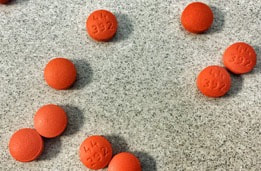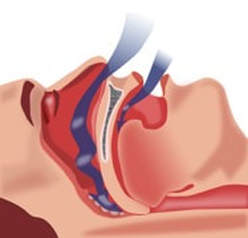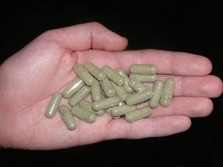
hair growth
PRP is rich in bioactive growth factors.PRP for hair growth occurs because PRP contains the growth factors found in whole blood, but now in a 4-10 times concentrated form. These growth factors are bioactive proteins that regulate growth of various cell types. Different growth factor families include EGF, FGF, TGF-beta, KGF, PDGF, and VEGF, which have all been shown to be crucial for the regulation of the hair growth cycle.
What exactly do these growth factors do?
Does PRP restore hair? Hair growth cycles through 3-stages: Anagen, the growth phase, is where nourishment of the hair follicle enables hair growth which is continues for 3-5 years. Catagen, the transition phase, is where the hair detaches from the follicle and signals the end of the growth phase. Telogen is when the detaches and falls out. After telogen, the follicle is reactivated and new hair growth begins.
PRP works to stimulate growth during the anagen phase.
Evidence from published studies show a definite beneficial role in hair regrowth. Most tudies done to date conclude that PRP injections are effective for most forms of hair loss. Patients have rated their outcome satisfaction at greater than 70%. Realself.com surveys found a 92% patient approval rating. Individual results of course will vary.
This affordable treatment effectively can halt or reverse the thinning hair follicles. Hair regrowth will be gradual as new hair grows only in the anagen phase of the hair cycle.
What is the treatment like?Once you arrive at the clinic, your blood will be drawn for processing. The doctor will anesthetize your scalp by injection. Conscious sedation is offered if you prefer. Once the PRP is processed it will be injected into your scalp with a small needle. You should expect to be in the clinic for about one hour, but most of this time is for the preparing of your PRP.
Results will not be noticeable for four to six months of treatment. Treatments should be performed every 4-6 weeks for 4-6 months to match the natural hair growth cycle. Follow up treatments every 6-12 months will maintain hair growth and renewal.
Call our front desk for more information. 503-636-2734.
References
- Khatu SS, More YE, Gokhale NR, Chavhan DC, Bendsure N. Platelet-Rich Plasma in Androgenic Alopecia: Myth or an Effective Tool. Journal of Cutaneous and Aesthetic Surgery. 2014;7(2):107-110. doi:10.4103/0974-2077.138352.
- Gkini M-A, Kouskoukis A-E, Tripsianis G, Rigopoulos D, Kouskoukis K. Study of Platelet-Rich Plasma Injections in the Treatment of Androgenetic Alopecia Through an One-Year Period. Journal of Cutaneous and Aesthetic Surgery. 2014;7(4):213-219. doi:10.4103/0974-2077.150743.
- Alves R, Grimalt R. Randomized Placebo-Controlled, Double-Blind, Half-Head Study to Assess the Efficacy of Platelet-Rich Plasma on the Treatment of Androgenetic Alopecia.
- Dermatol Surg. 2016 Apr;42(4):491-7. doi: 10.1097/DSS.0000000000000665.
- https://www.realself.com/prp-for-hair-loss









 RSS Feed
RSS Feed